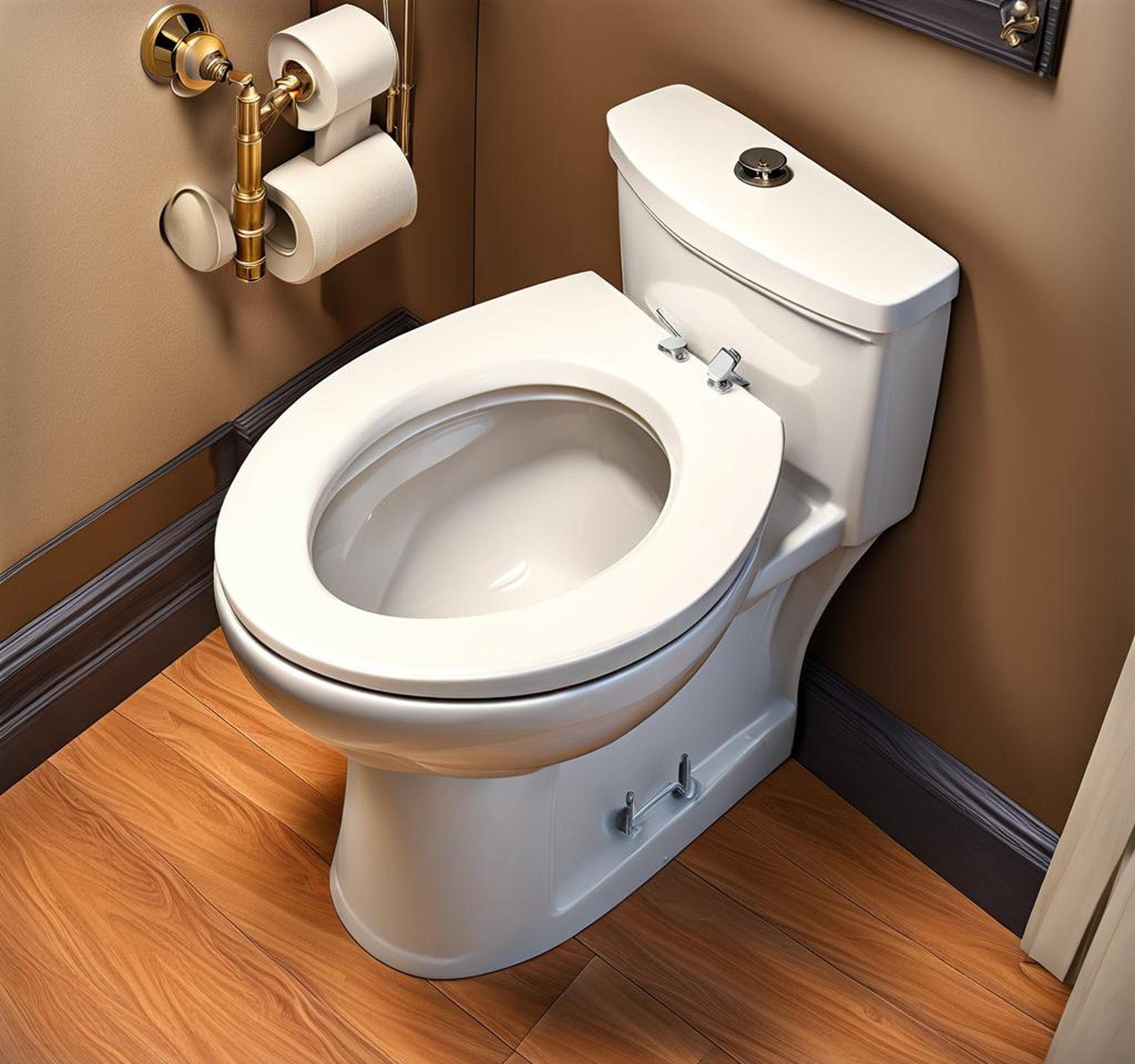Dual flush toilets have been around for decades, but many homeowners still find the various tanks, valves, and buttons inside the unit mysterious. Unlike standard single flush toilets, dual flush models provide two flushing options in one: a half flush for liquid waste and a full flush for solid waste removal.
This dual flush technology aims to save water, using a lower volume of water (around 3 liters) to clear urine and other liquids. The full flush delivers a bigger gush from the tank (roughly 6 liters) when stools or paper need to be carried away.
Main Components of a Dual Flush Toilet
The Dual Flush Valve
The flush valve is the central control unit of the dual flushing system. This valve manages the siphonic action inside the toilet, starting the suction process when you activate a flush. There are generally two types used in dual flush toilets:
- Button-actuated flush valves with a diaphragm seal inside
- Handle-operated flush valves with a piston seal configuration
Both valve types use watertight rubber seals to avoid leaks into the tank. As the seals wear out over time, a bit of water leakage during the flush can reduce effectiveness and waste water.
Toilet Tank Mechanisms
Peek inside the toilet tank and you’ll find various components working together for flushing action:

- The flapper valve seals water inside the tank and opens when flushing
- Float ball raises or lowers to control tank refill level
- Fill valve allows fresh water to flow into the tank
- The siphon initiates and ends the flush with suction action
When you engage either the low or full flush, the tank mechanisms release a measured amount of water via the toilet bowl to efficiently clear the contents with minimum water wastage.
Toilet Bowl Types
While tank components are generally similar across dual flush toilet models, bowel shapes can differ. Compact, round bowled units save space but elongated bowl versions provide more seat space and comfort.
In addition to physical size and contours, dual flush toilet bowls often receive a specialized glaze to assist with waste removal. The vitreous china glazing ensures a slick water flow and discourages stain adhesion.
| Bowl Shape | Best Suited For |
|---|---|
| Round | Smaller bathrooms |
| Elongated | Comfort and accessible use |
Toilet Flush Buttons
While some dual flush toilets operate with a manual handle, most use two buttons mounted near the top of the tank. These buttons include imprinted icons to indicate the options:
- Smaller button with one water drop – Triggers reduced flow half flush
- Larger button with two or three water drops – Triggers full tank flush volume
The water drop logo helps guests instinctively engage the low flow flush to save water when appropriate. These buttons connect to the diaphragm or piston styled flush valve inside the tank.
How Dual Flush Toilet Parts Work Together
It’s helpful to understand how the various toilet components interlink during the flushing sequence. For example, pressing a flush button tilts a lever inside the tank linked to the diaphragm flush valve. This opens the valve so water flows down to the waiting toilet bowl via the siphon hole.
The floating tank ball ensures the correct water level refills via the fill valve once the siphon action concludes. So while components like valves and bowls vary by model, their integrated operation allows water to exit the tank and bowl in a measured, water-saving fashion.
Dual Flush Toilet Repairs and Maintenance
Like any frequently used appliance, dual flush toilets can develop leaks or cause flushing problems after years of service. Troubleshooting issues early and performing minor repairs prolongs their usable life.
For example, if activation buttons fail to initiate a flush, the interior tank cables, lever arms or flush valve seals may need replacing. Water on the floor could signify worn toilet bowl gaskets or tank bolts. Refer to manufacturer instructions for replacement guidance. Seek professional assistance for complex repairs.
You can also minimize dual flush toilet issues by following suggested maintenance steps:
- Check exposed components visible inside tank for signs of wear or grime buildup.
- Pour hot water mixed with baking soda and vinegar monthly to clean inner toilet surfaces and prevent scale.
- Use non-abrasive bowl cleaning solutions to avoid dulling vitreous china glazing.
- Inspect base bolts and the toilet floor interface twice yearly for unwelcome leaks.
Shopping Considerations for Dual Flush Toilets
As you compare dual flush toilet models while upgrading a bathroom, keep the following shopping considerations in mind:
- Prices range widely from around $150 on the low end to $600+ for higher styled designs.
- Elongated bowl shapes add approximately 8 inches more length than round bowl versions.
- Test flush buttons and handles on floor models for responsiveness and water savings.
- Inquire about warranties that could offset future repair bills.
With some helpful background on operational mechanisms, the mysterious world inside dual flush toilet tanks makes more sense.
Key components like the flush valve, toilet siphon, activation buttons and other linked parts aim to provide reliable flushing action while optimizing water efficiency.
Understanding the integrated nature of these toilet elements assists with basic troubleshooting. It also underscores why upgraded dual flush models merit consideration when pursuing water conservation at home.
